
Dental Fillings and Restorations
Dental Fillings – Preserving a Decayed Tooth for Decades!
Dental caries – commonly known as “tooth decay” or a “cavity” – is one of the most frequent dental problems. Tooth decay may be caused by genetic, lifestyle, or oral hygiene factors. The most common treatment for a carious tooth is a filling, which allows the tooth to remain strong and functional for many decades.
What Is a Dental Filling?
In dentistry, a filling refers to the procedure in which different restorative materials are placed into the tooth to restore its structural integrity. The process begins with drilling, during which the dentist removes the carious tissues and cleans the affected area. The resulting cavity is then filled with a dental restorative material.
During a filling procedure, the decayed portion of the tooth must always be removed before the cavity can be restored. Various materials may be used for this purpose:
Aesthetic Composite Fillings
In aesthetic dentistry, fillings are always metal-free, usually made from light-cured composite materials that match the natural tooth color, providing both excellent aesthetics and durable results.
Composite (ceramic particle-reinforced resin) fillings offer superior aesthetics and require less removal of healthy tooth tissue during preparation. In certain cases, they even allow for minimally invasive restorations without drilling, as well as cosmetic corrections of tooth shape.
The same materials provide a simple, fast, and aesthetic solution for restoring chipped anterior teeth. The dentist rebuilds the missing portion with light-cured composite material – the restoration is invisible and looks completely natural.
Trust Our 15 Years of Professional Experience!
What Will Happen During Your Visit?
- The cavity is filled with a shade-matched restorative material.
- The natural anatomy of the tooth, including cusps and fissures, is recreated.
- Each layer is cured with a polymerization light to ensure strong bonding, fully integrating the filling into the tooth structure.
- Finally, the surface of the filling is polished to achieve a natural luster identical to enamel.
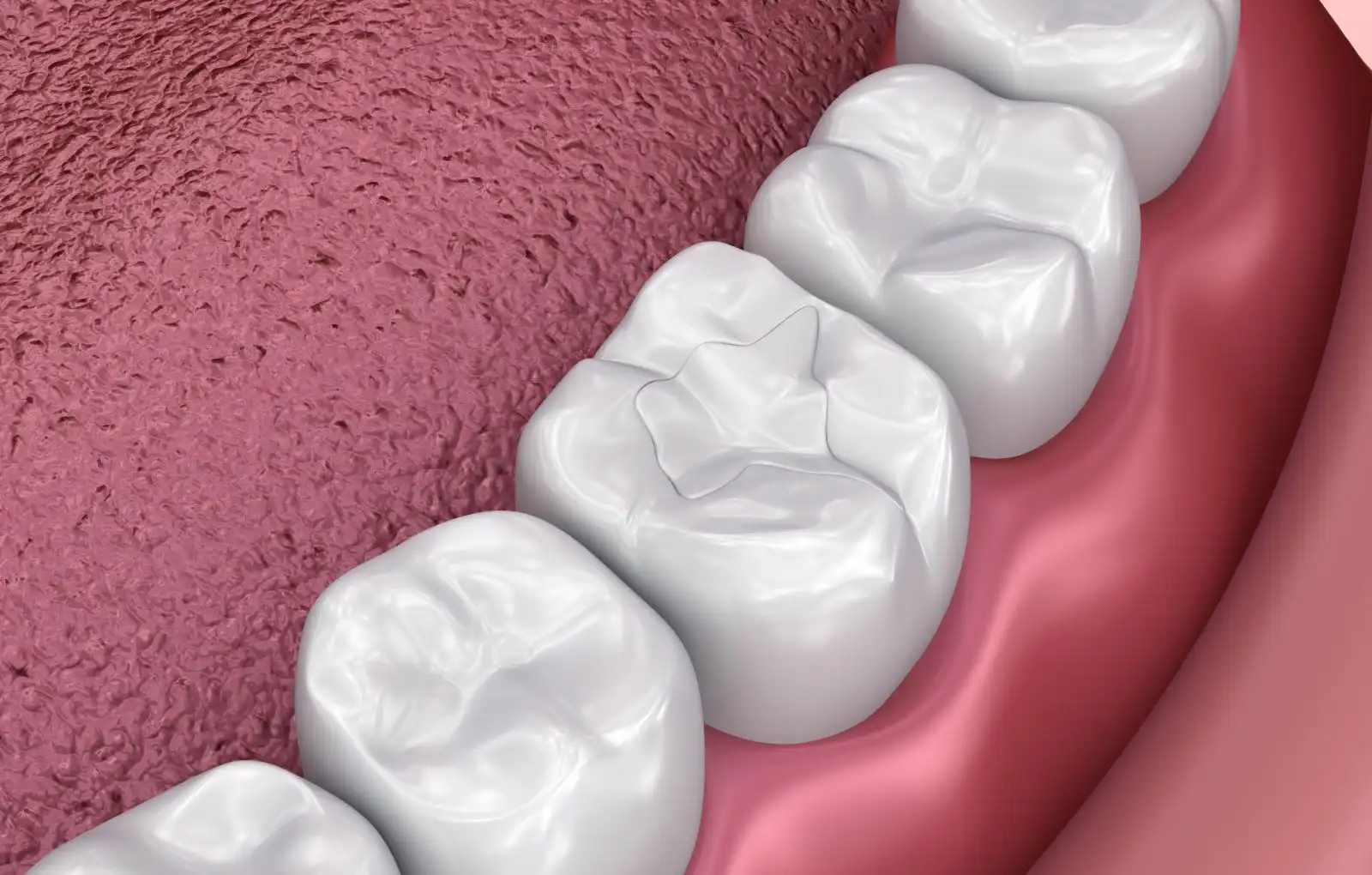
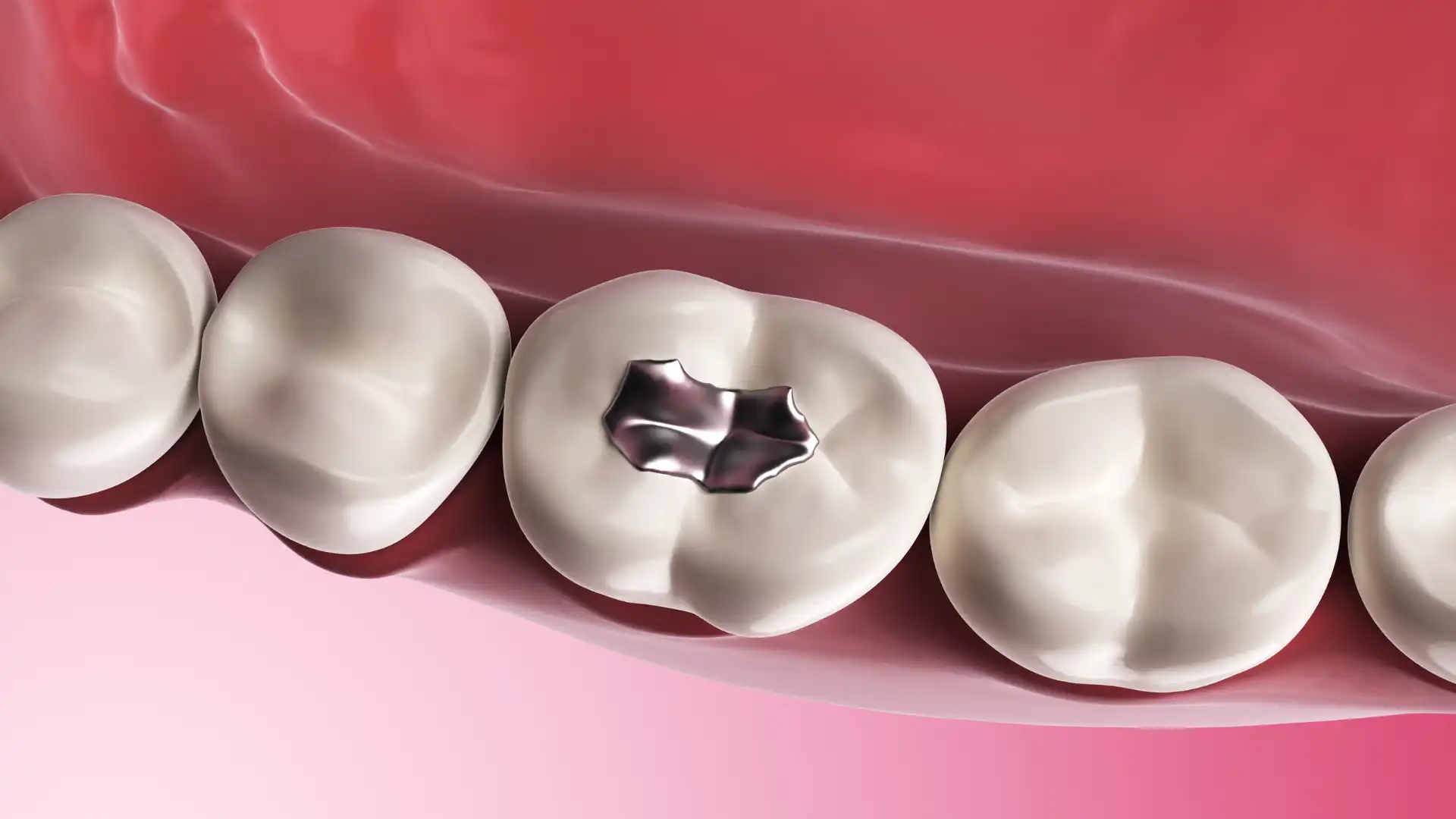
Gold and Porcelain Fillings
Fillings can also be made of gold or porcelain. Though more costly, gold is highly biocompatible with gingival tissues and withstands occlusal forces very well, often lasting up to 20 years. Both porcelain and gold are resistant to discoloration.
Inlays and Onlays
Inlays and onlays are laboratory-fabricated, indirect restorations (sometimes called “bonded fillings”). They are produced in a dental laboratory and then cemented into the prepared cavity in solid form. Their major advantage is that they preserve as much of the remaining tooth structure as possible.
When is an inlay or onlay used?
When a tooth is too extensively damaged by decay to be restored with a conventional filling, the dentist prepares the cavity and takes an impression. The dental technician fabricates the inlay or onlay, which is then cemented into place. This procedure is considered a form of indirect dental prosthesis.
Advantages of inlays/onlays:
- Preservation of remaining tooth structure
- Precision fit due to laboratory fabrication
- High durability
- Available in several materials
Types of inlays:
- Gold inlay – The most durable and biocompatible restoration. Excellent marginal seal, preventing secondary caries. Longevity: 25–30 years.
- Porcelain inlay – Highly resistant to mechanical forces, with color and shape matching natural teeth for excellent aesthetics.
- Composite inlay – Made of composite resin reinforced with fine ceramic particles, matching natural tooth color and offering good wear resistance. Commonly used after caries removal or replacement of amalgam fillings. Average lifespan: ~10 years.
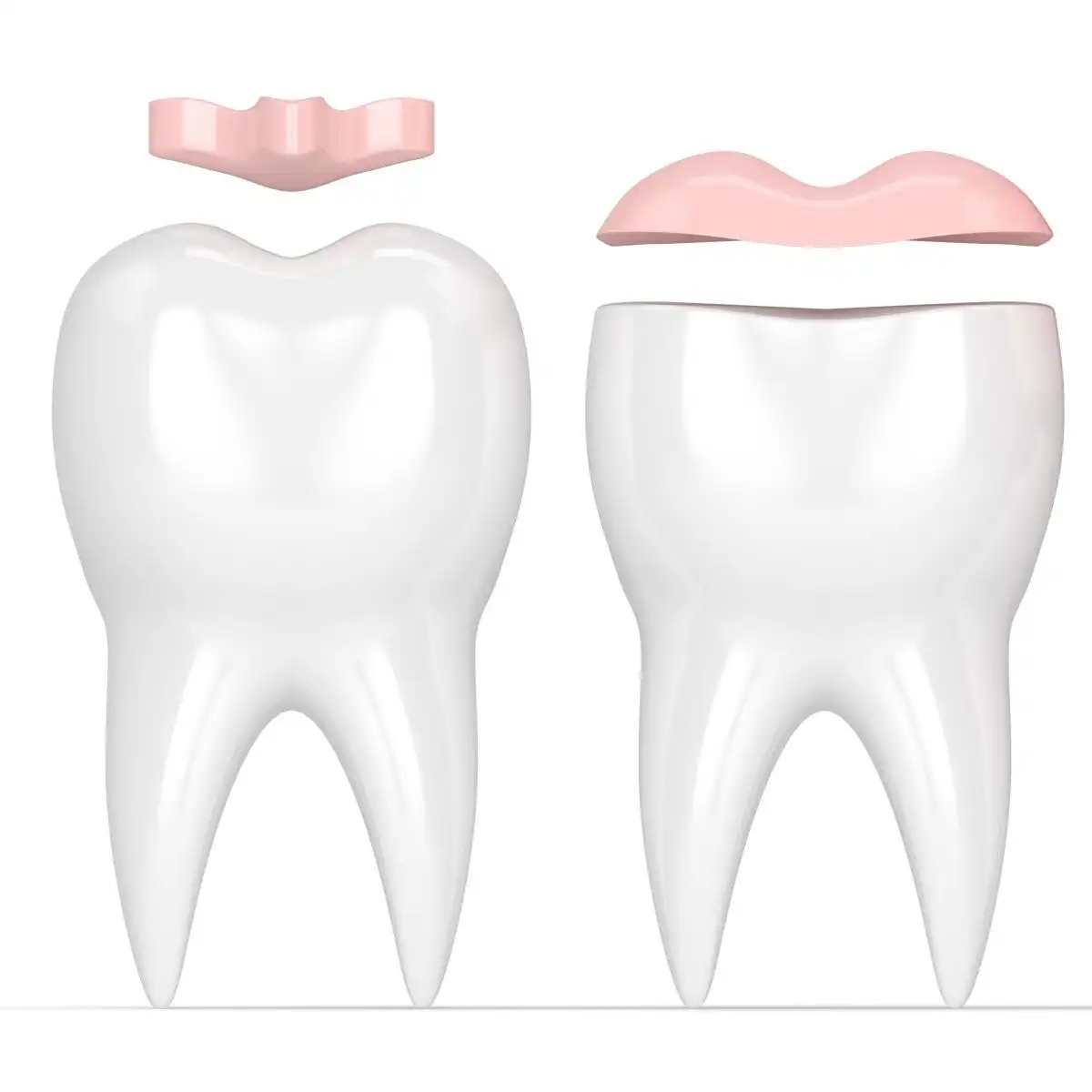
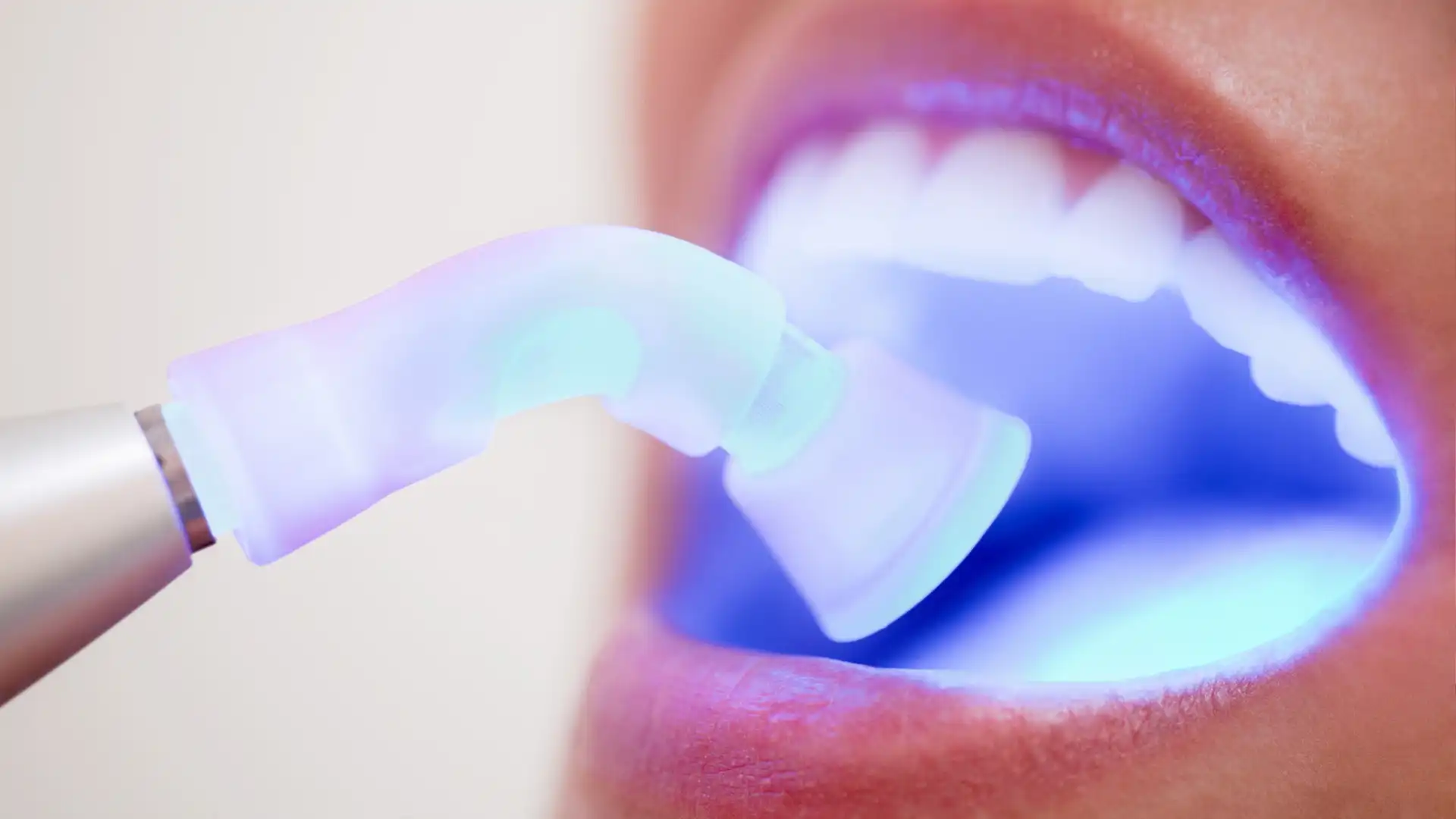
Direct Restorations – Direct and Pressed Ceramic Veneers
Veneers are thin prosthetic coverings that partially or completely cover the visible surface of a tooth. They are among the most aesthetic dental restorations, being completely metal-free, durable, and effective in treating discolored teeth.
Direct Veneer
Direct restoration is the most modern method for repairing damaged, carious, discolored teeth or enamel defects, primarily in the anterior (front) region.
Advantages of direct veneers:
- Minimal removal of tooth substance
- Multiple veneers can be placed in a single session
- Strong, repairable, and more affordable than indirect solutions
- Provide excellent mechanical and aesthetic results with minimal enamel loss
- Natural tooth shape and shade are carefully recreated, making the restoration indistinguishable from natural teeth
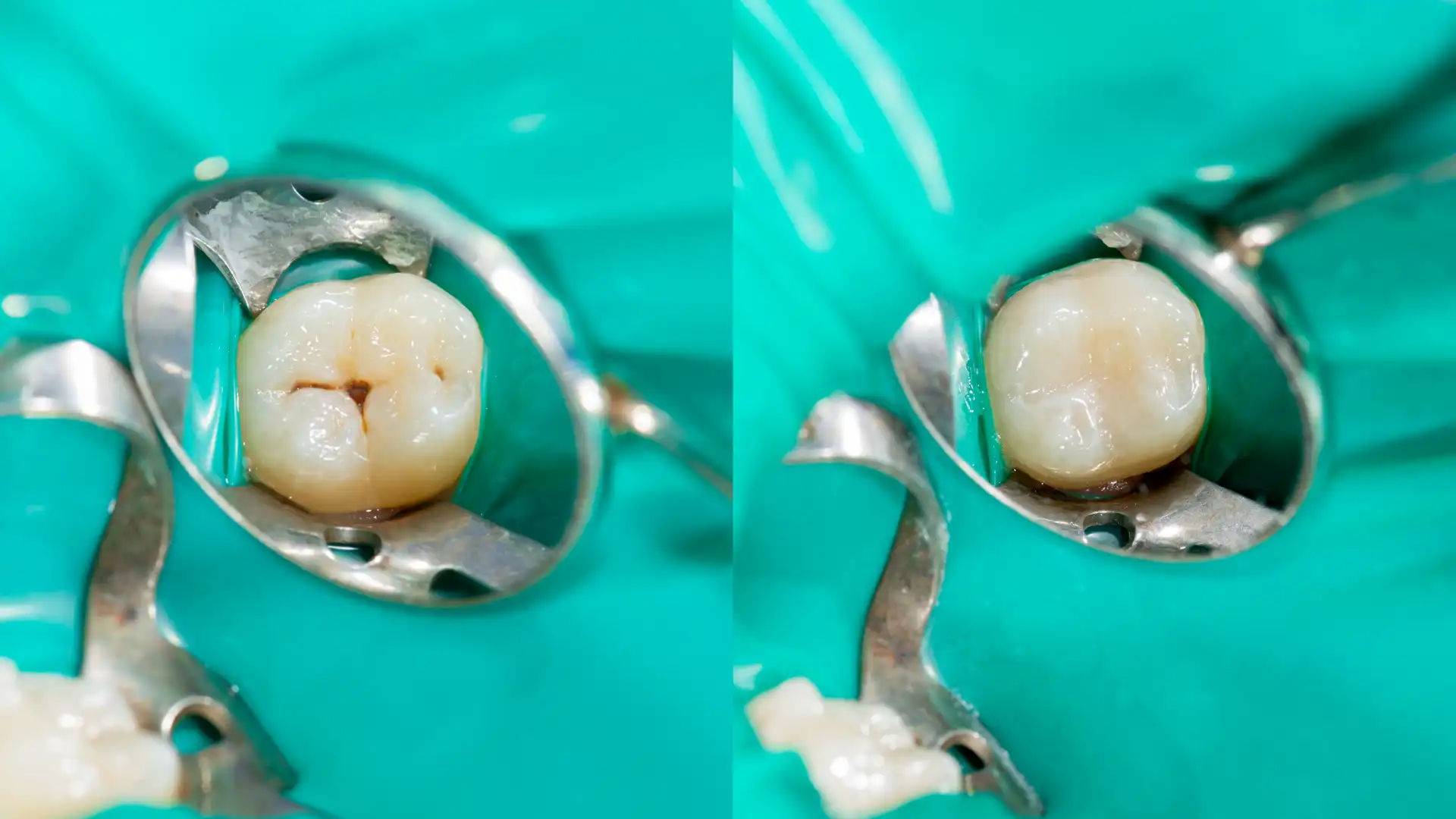
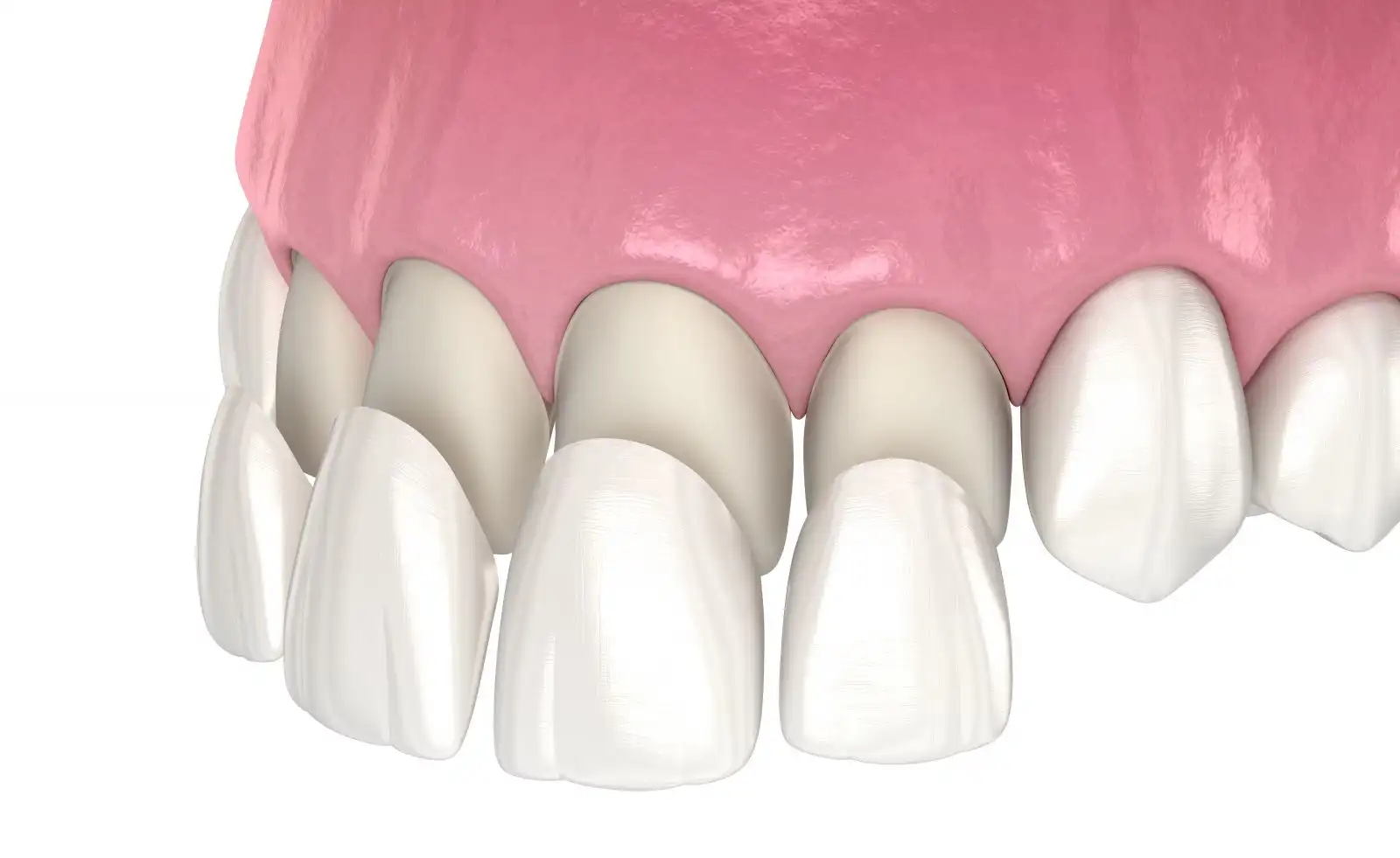
Porcelain Veneer
Porcelain veneers are individually fabricated, thin ceramic layers bonded to the front surface of the teeth to enhance their shape and appearance.
Indications:
- Improving the aesthetics and function of anterior teeth, which are crucial for both mastication and social interactions
- Modifying the shape and color of the anterior dentition upon request
Contraindications:
- Severe occlusal dysfunctions
- Heavy nocturnal bruxism (teeth grinding)
- Poor oral hygiene
- Severely damaged anterior teeth


